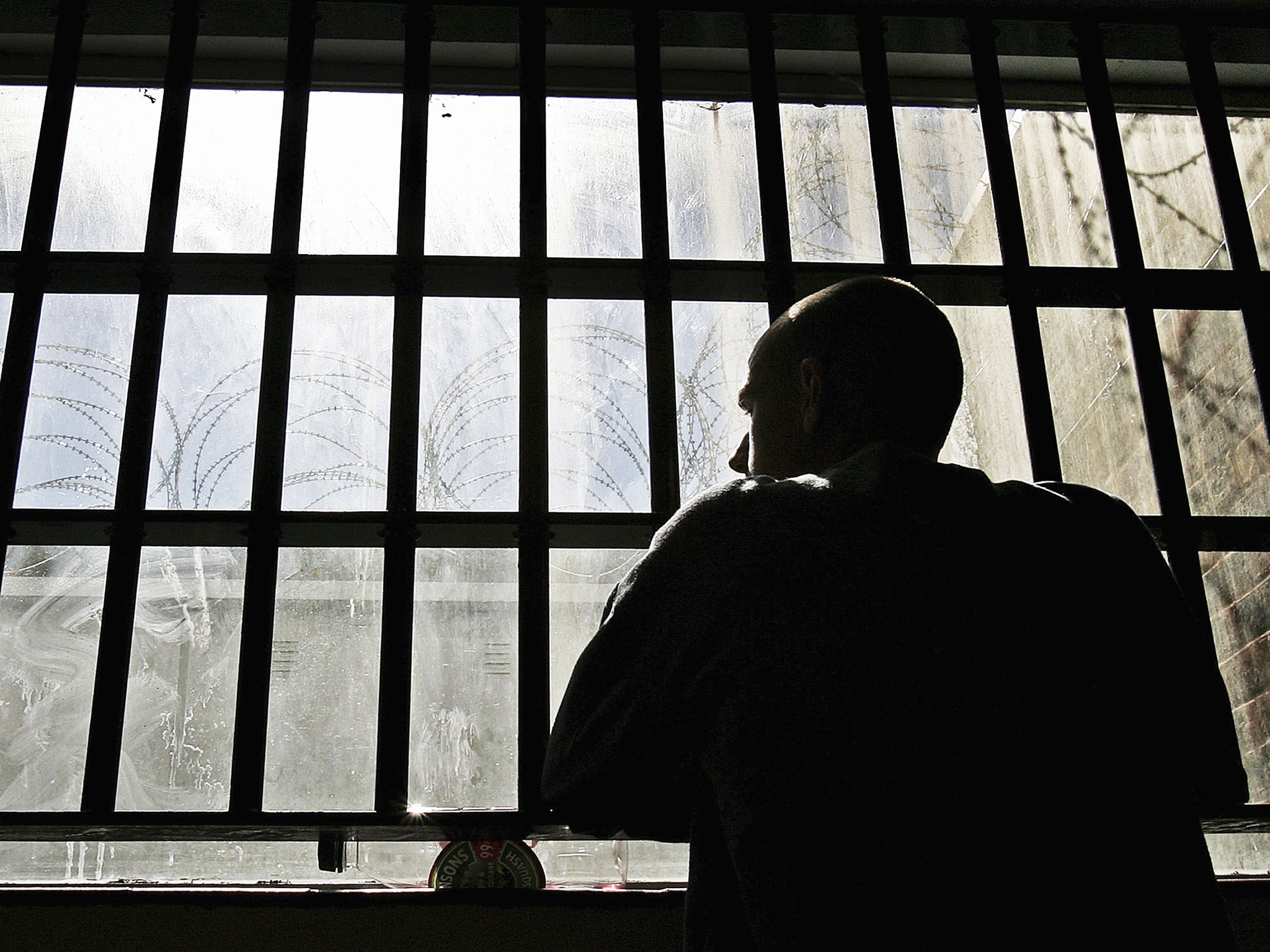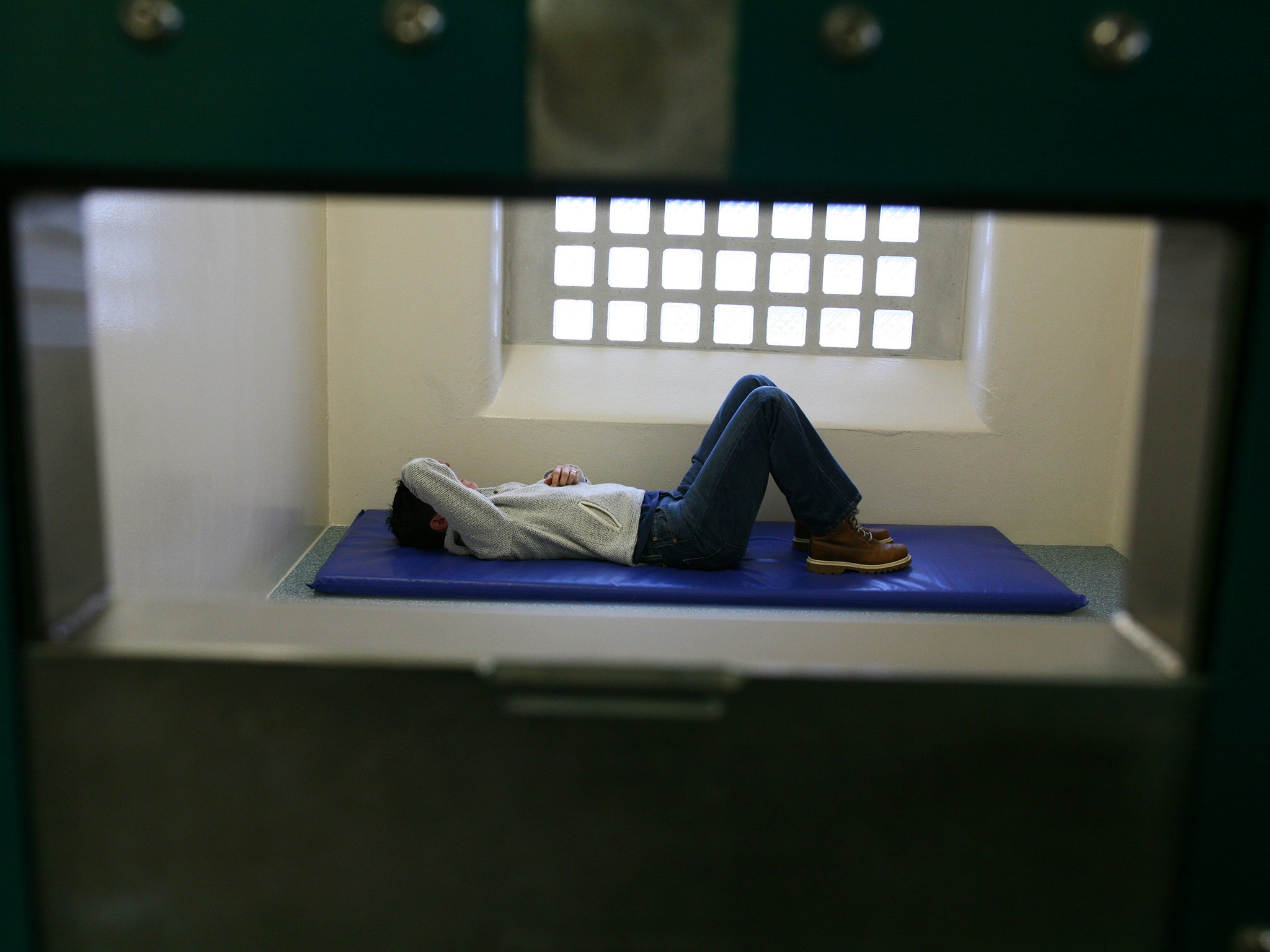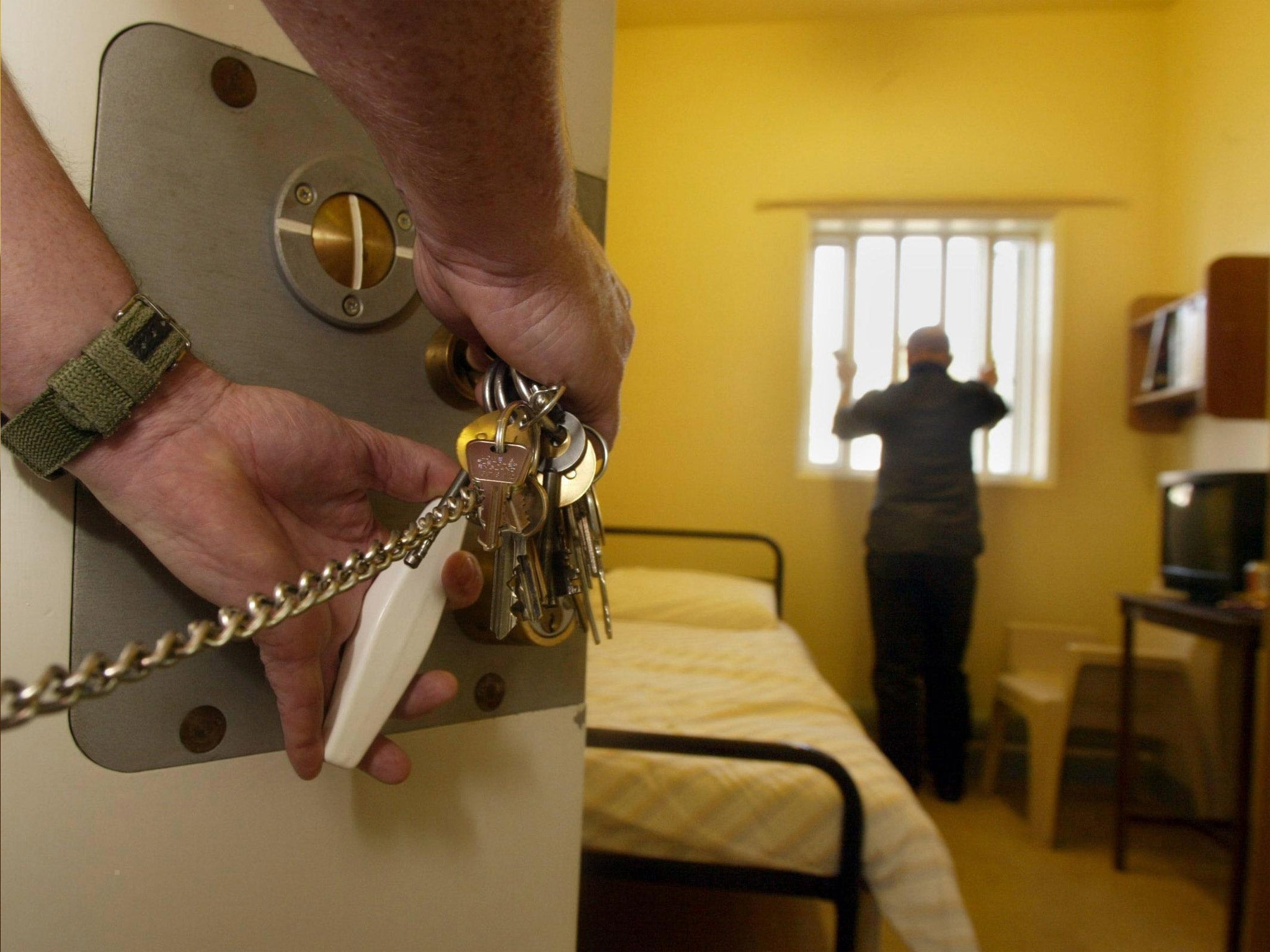Surge in number of prisoners killing themselves in solitary confinement revealed by report
One inmate hanged himself after officers refused to give him a book

The number of prisoners who take their own lives in solitary confinement has reached a nine-year high with the death toll including a man who hanged himself after officers refused to give him a book, a report has disclosed today.
Jails were urged to scale back the use of “18th-century” punishments against offenders perceived as being disruptive or in danger from other inmates.
The alarm over the deaths was raised by the Prisons and Probation Ombudsman who said eight prisoners – four of whom had been assessed at risk of killing themselves or self-harming – took their lives last year while in segregation units in England and Wales.
Nigel Newcomen listed mistakes by prisons leading up to the deaths and urged that inmates are only put in isolation in the most exceptional circumstances.
Among the vulnerable inmates who took their lives in 2013-14 was a man with a history of depression and self-harm who was segregated after being threatened by other prisoners.

He asked for a book to keep him occupied as there was no television in his cell but was told he would have to wait until the next day. The next morning he was found hanged.
The man, who was not identified, had a history of depression and suicidal behaviour, including taking an overdose four months before imprisonment and cutting his wrists several years before.
“There is no evidence anyone took into account these factors when the decision was made that he was fit for segregation, either at the initial screen or the review,” the ombudsman said in a report on self-inflicted deaths in custody.
Mr Newcomen said inmates in solitary confinement should at least be given reading material and a radio to occupy themselves during their long hours without human contact.
His investigation into another suicide in solitary confinement uncovered “numerous procedural, organisational and management failings” in a segregation unit.
He said officers should follow detailed guidance over the segregation of offenders considered at risk of suicide or self-harm.
“When prison staff do not know these rules or put them into practice appropriately, prisoner safety can be compromised with potentially fatal consequences,” he said.
The ombudsman warned that segregation should be regularly reviewed when there was no alternative and a care plan should be drawn up to tackle mental health problems.
Mr Newcomen said: “Segregation is an extreme and isolating form of custody used for prisoners who have misbehaved or who cannot be kept safely in normal prison accommodation.
“It inherently reduces protective factors against suicide and self-harm, such as activity and interaction with others, and should only be used in exceptional circumstances for those known to be at risk of taking their own life.”
His report comes ahead of a ruling expected next month by the Supreme Court into a claim by two prisoners that putting them into solitary confinement breached their human rights.
Frances Crook, the chief executive of the Howard League for Penal Reform, said the use of solitary confinement – both formal and informal – was rising in adult and youth prisons.
“It’s the most extreme measure there is, with no activity, no contact,” she said. “In places like Pentonville [prison, north London] they use dungeons – stone cells, which are very cold and very damp. It’s like something from the 18th century.”
Recent research found that 11 per cent of prisoners had spent a night in a segregation unit; the figure rose to 23 per cent of young adults behind bars.
Prisoners with learning disabilities are more than three times as likely to have spent time in segregation.

Overall numbers of prison deaths in England and Wales have risen by 38 per cent since 2012. The former Justice Secretary, Chris Grayling, denied there was any link between staffing cuts and the rise in self-inflicted deaths.
The Commons Justice Select Committee said his stance “could be construed as complacency and a lack of urgency”.
Segregation Suicides
* “Mr A” was taken to a segregation unit after being found in an area of his prison where he should not have been. Soon afterwards he cut his wrist with a plastic knife but was assessed as fit for segregation. When he threatened to smash up his cell and harm himself again, the furniture was removed, leaving him with only a mattress. He was found hanged after making a ligature from the blanket.
* “Mr C” claimed to be in danger from other inmates. He was moved to segregation and refused to leave. During his three months in “seg” his mental health deteriorated. He was moved to the healthcare unit, where he was also locked away from other prisoners. He told staff several times he was hearing voices and having suicidal thoughts before hanging himself.
